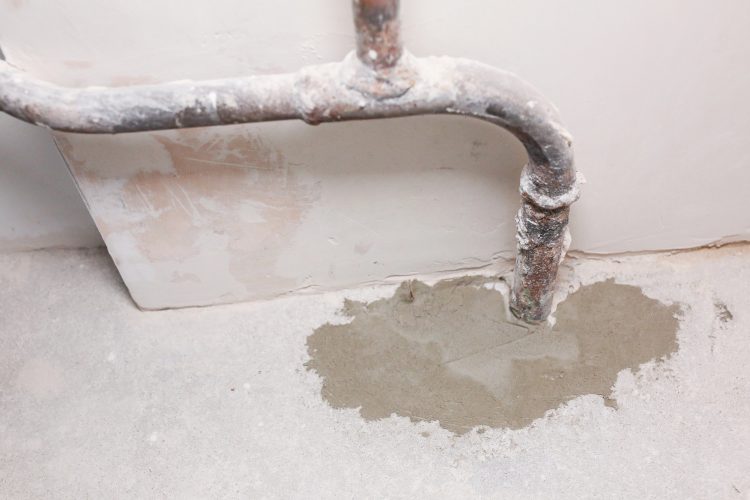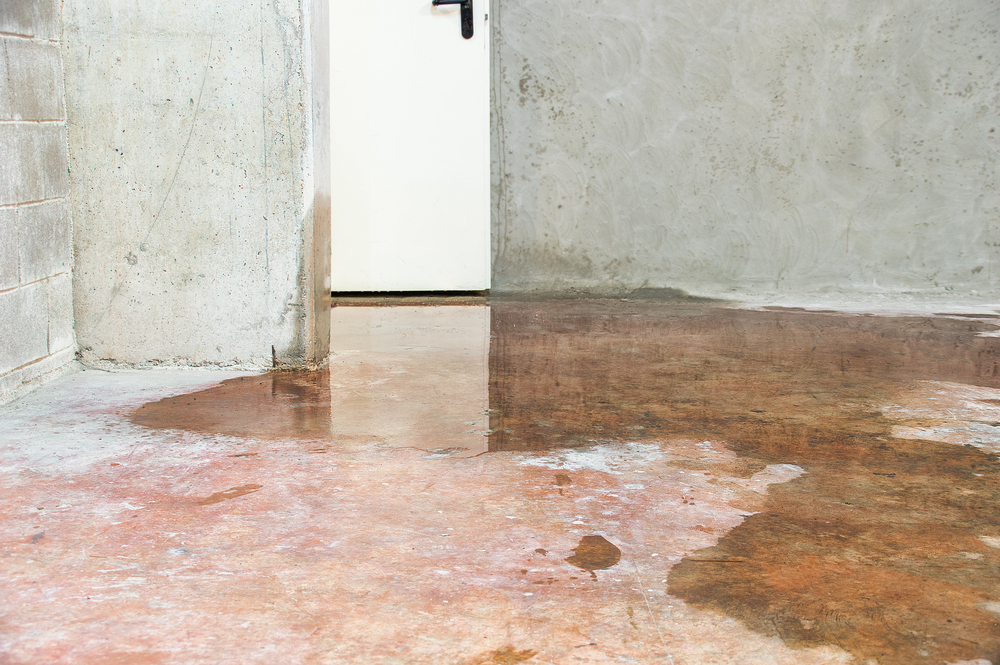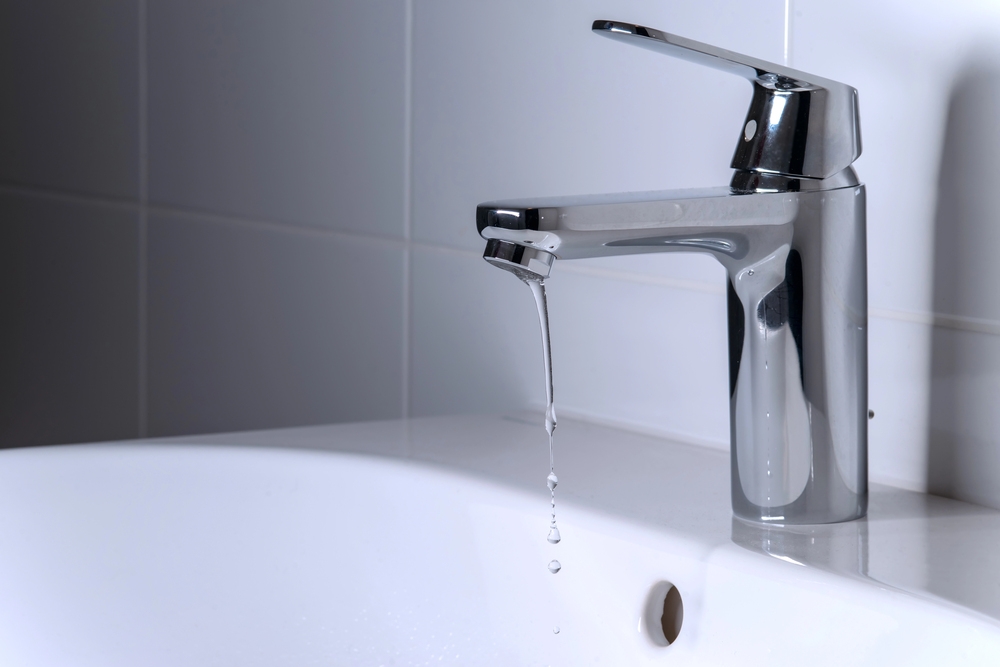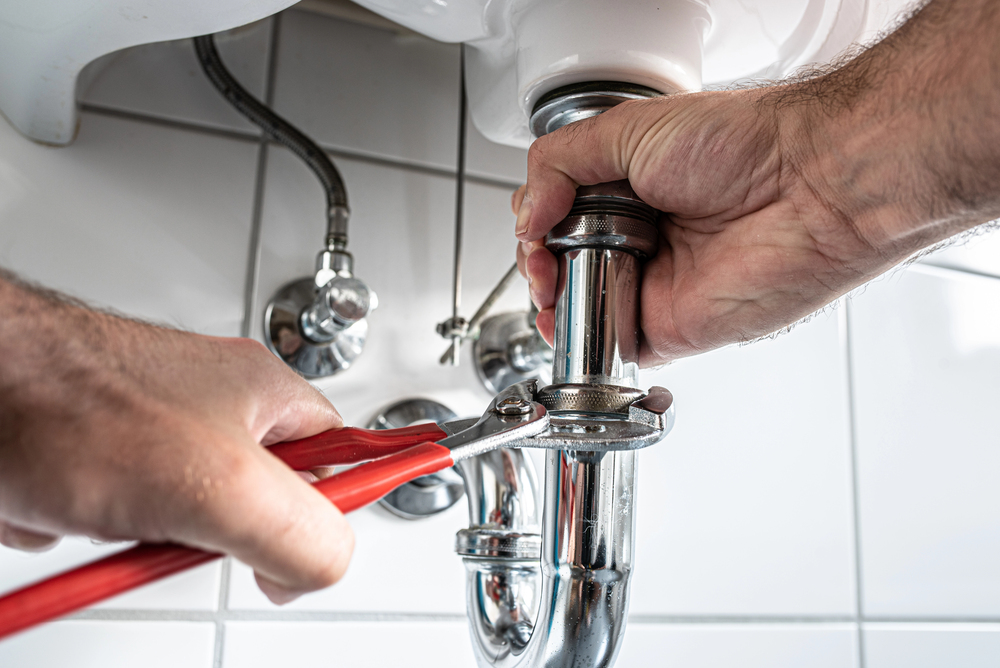When your plumbing suddenly starts misbehaving, the first thought is often, “Where’s the blockage?” Whether you’re dealing with a clogged pipe toilet situation or a stubbornly slow clogged pipe sink, the symptoms might seem straightforward until you realize the real trouble could be hidden somewhere behind walls, beneath floors, or deep within your main sewer line.
Learning how to find a clogged pipe isn’t just about clearing a blocked drain. It’s about diagnosing where the clog is happening in your home’s plumbing network and taking action before a minor issue becomes a full-blown plumbing emergency.
In this detailed guide, we’ll walk you through the signs of a hidden blockage, explore the differences between localized and system-wide clogs, help you trace the issue to its origin, and explain when it’s time to call in a professional. The truth is, if you can spot the signs early enough, you can save yourself the stress, time, and expense of dealing with burst pipes or raw sewage backups.

Understanding How Your Plumbing System Works
To identify where a clog might be located, it is helpful to understand the basic flow of your plumbing system. Your home’s pipes are divided into two categories: the water supply lines and the drain-waste-vent (DWV) system. Water enters your home via the supply lines under pressure and exits through gravity-fed drainpipes. The vent pipes help maintain proper pressure and let sewer gases escape.
Most clogs form in the DWV side of your system. Toilets, sinks, tubs, showers, dishwashers, and washing machines all feed into drainpipes that eventually connect to a main sewer line or a septic system. When a clog occurs, it can affect one fixture or multiple fixtures, depending on its location. That’s why identifying whether the problem is isolated or widespread is your first step in locating the source.
Identifying the Warning Signs of a Clogged Pipe
There is no single symptom that can pinpoint exactly where a clog resides, but certain patterns of behavior in your plumbing system can offer critical clues. If only one sink is draining slowly, while everything else in your home seems fine, the clog is likely located near that fixture. However, if multiple fixtures in the same area, like a bathroom toilet and sink, are acting up, the blockage may be in the branch line that serves that group of drains.
Gurgling sounds from your toilet or sink often mean air is being trapped or displaced by a clog. Water backing up into your tub when you flush the toilet is another classic sign that something is wrong downstream in the drain system. And if you start to smell sewer gas coming from your drains, it could mean water traps are being emptied due to negative pressure caused by a blockage.
If the lowest drain in your home, typically a basement shower, floor drain, or utility sink, starts to overflow, the clog may be in your main sewer line. This is one of the most serious types of clogs because it affects your entire home and can lead to sewage backing up into your living space.
Where Do Clogged Pipes Typically Occur?
Most clogged pipe issues in toilets and sinks originate in a few predictable locations. Traps under sinks are prime spots because their curved shape is designed to hold water, but also catches debris like hair, soap scum, and grease. In kitchen sinks, food particles and fats solidifying in the line are common culprits.
Toilets often clog due to excess toilet paper, non-flushable items, or low-flow models that don’t generate enough pressure to push waste all the way through. Tub and shower drains can also get blocked due to hair accumulation or the buildup of bath product residue.
Branch lines that connect multiple fixtures are susceptible to clogs when items like wipes or feminine hygiene products accumulate and get stuck. Main sewer lines, on the other hand, tend to clog due to tree root intrusion, collapsed pipes, or long-term buildup of grease and debris.
How to Tell If the Clog Is Local or in the Main Line
One of the most important steps in determining how to locate a clogged pipe is identifying whether you’re dealing with a local clog or a main line blockage. A local clog usually affects a single fixture. For instance, if only your bathroom sink is slow to drain but the toilet, tub, and other sinks work fine, the issue is likely confined to the drain directly beneath that sink.
However, if more than one fixture in the same room is experiencing trouble, or worse, fixtures on different floors are malfunctioning, you may have a problem in a branch line or even your main sewer line. A good test is to flush your toilet and observe what happens elsewhere. If water backs up into a shower or tub, or bubbles rise in a nearby sink, the clog is likely deeper down.
Another helpful method is to run water in an upstairs bathroom. If a downstairs toilet gurgles or a floor drain overflows, there’s a good chance the main line is blocked. This is a situation that needs immediate attention to prevent extensive damage.
What Causes Clogged Pipes?
Once you know where the blockage is, it helps to understand what’s causing it. For sinks, the most common culprits are grease, food debris, soap buildup, and hair. These substances accumulate gradually, narrowing the diameter of the pipe until it slows or completely blocks the flow.
Toilets clog when objects that don’t break down properly are flushed. This includes wipes labeled “flushable,” paper towels, cotton balls, and children’s toys. A sudden clog often points to a foreign object, while slow-developing clogs suggest a buildup or low water pressure.
Main sewer line blockages can be caused by tree roots invading underground pipes, which crack the line and create obstructions. Older homes with clay or cast iron pipes are particularly susceptible. Grease from kitchen sinks can also travel into the main line and harden over time. In some cases, the pipe itself may have collapsed due to shifting soil or corrosion, completely stopping flow.
Methods for Locating a Clogged Pipe in Your Home
Finding a clogged pipe requires more than guesswork. Start by observing which fixtures are experiencing problems and whether the issue is isolated to a single fixture or affecting the entire house. Next, test each drain individually. Flush a toilet and run water in nearby sinks and tubs to monitor for slow draining, bubbling, or backups.
If you suspect the clog is near a sink, remove the trap and check the area under the basin. These are typically removable with a wrench and can reveal hair, food, or other debris.
In more complex scenarios, identifying the exact location of the clog may require the use of a drain inspection camera. These devices enable professionals to view inside your pipes in real-time, identifying obstructions, cracks, and root intrusion. They are especially helpful when locating a clog in the main sewer line or behind walls.
Some clogs can be identified by sound. Gurgling indicates that air is being displaced or suction is created by a partial blockage. Water moving slowly may suggest a distant clog, while bubbling in non-running drains points to air pressure issues tied to deeper obstructions.
Can You Fix It Yourself?
For minor clogs near the surface, a do-it-yourself approach may be effective. Plunging is effective for toilet clogs and some shallow sink blockages. Use a flange plunger for toilets and a cup plunger for sinks, ensuring there is enough water in the bowl or basin to create suction.
Drain snakes or augers can help reach a bit deeper. These tools are particularly useful for sink clogs that aren’t in the trap but haven’t made it all the way into the branch line. Manual snakes are suitable for shallow work, but powered augers may be necessary for longer pipes or more challenging obstructions.
You can also try pouring hot water down the drain, followed by a mixture of baking soda and vinegar. This method won’t solve major issues, but can help with buildup from soap or grease. Chemical drain cleaners should be used with caution, as they can damage pipes over time and pose hazards if not handled properly.
If the clog persists after reasonable efforts, it’s time to bring in a professional.
When to Call a Professional Plumber
Some clogs are simply too deep, stubborn, or dangerous to deal with on your own. If multiple fixtures are backing up, water is coming out of unexpected places, or sewer odors are present throughout your home, you need the services of a licensed plumber.
Professionals have access to specialized tools, including motorized drain augers, hydro-jetting systems that utilize pressurized water to clear blockages, and video inspection equipment. They can accurately locate the clog and determine whether the pipe is merely blocked or if there’s a more significant issue, such as a break, root intrusion, or collapse.
If your home uses a septic system and you’re noticing slow drains or backups, professional service is essential. A full or malfunctioning tank can mimic clog symptoms but requires an entirely different solution. Attempting to fix septic issues yourself can lead to exposure to hazardous waste and damage to the system.
The peace of mind that comes with a comprehensive diagnosis and solution often outweighs the costs, especially when the alternative could result in thousands of dollars in water damage repairs.
How to Prevent Future Clogs
Prevention starts with awareness and good habits. Avoid pouring grease or oil down the kitchen sink, even with hot water. These substances harden as they cool and can cling to pipe walls. Use drain strainers in sinks and tubs to catch hair and debris before it enters your plumbing.
Be mindful of what goes into your toilet. Only flush toilet paper and waste. Even products labeled as flushable often don’t disintegrate quickly enough to avoid creating blockages.
Regular maintenance checks by a plumber can also help. Inspections of your main line every few years, especially if you have mature trees nearby, can detect early signs of root intrusion or corrosion. Some homeowners opt for annual drain cleaning as part of a preventative strategy, particularly in older homes.
How We Can Help
At Z PLUMBERZ, we understand that finding a clogged pipe in your home can be overwhelming. Whether it’s a clogged toilet, a stubborn clogged sink, or a more serious issue in your sewer line, our experienced team is equipped to diagnose and resolve the problem quickly and effectively.
We believe in upfront pricing, same-day service, and hassle-free solutions that respect your time and budget. If you’re tired of playing plumbing detective or worried the issue may be worse than it seems, we’re here to help.
Contact us to learn more about our clogged pipe repair services or to schedule an inspection today. Let us take the guesswork out of your plumbing so you can get back to comfort and peace of mind.
Additional benefits of partnering with us include
-

24/7 Emergency Services, Paperless Communication
-

Reduced Rates and Preferred Pricing
-

Preventative Maintenance Scheduling
-

Online Scheduling and Account Management


